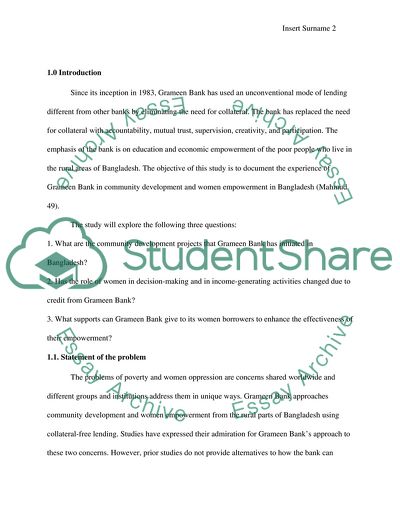Cite this document
(Community development Research Paper Example | Topics and Well Written Essays - 2750 words, n.d.)
Community development Research Paper Example | Topics and Well Written Essays - 2750 words. https://studentshare.org/sociology/1652931-community-development
Community development Research Paper Example | Topics and Well Written Essays - 2750 words. https://studentshare.org/sociology/1652931-community-development
(Community Development Research Paper Example | Topics and Well Written Essays - 2750 Words)
Community Development Research Paper Example | Topics and Well Written Essays - 2750 Words. https://studentshare.org/sociology/1652931-community-development.
Community Development Research Paper Example | Topics and Well Written Essays - 2750 Words. https://studentshare.org/sociology/1652931-community-development.
“Community Development Research Paper Example | Topics and Well Written Essays - 2750 Words”. https://studentshare.org/sociology/1652931-community-development.


